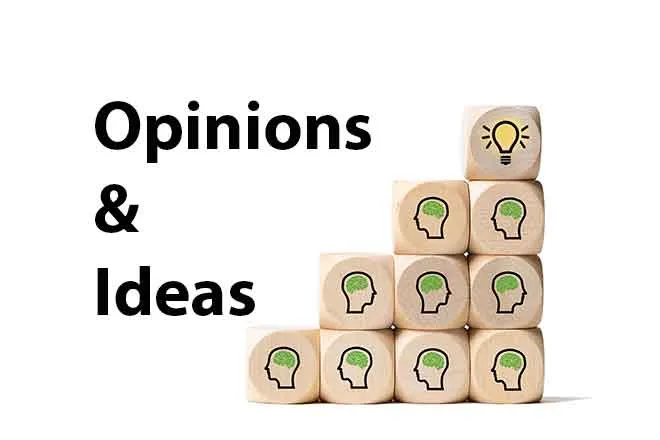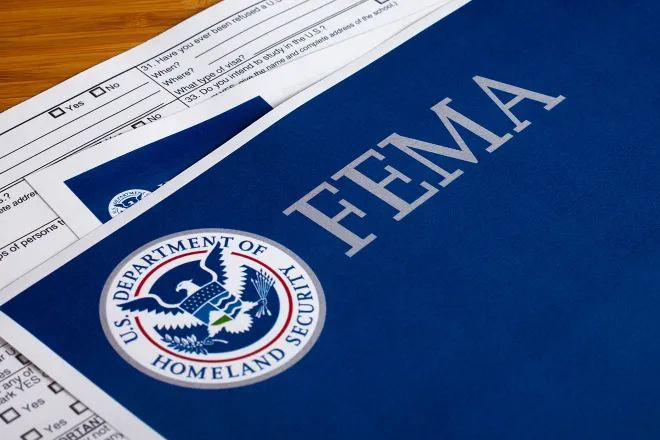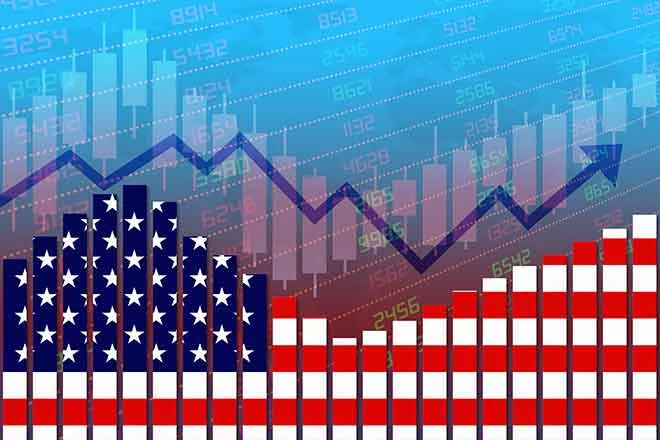
How Consumer Debt in Colorado Changed During the Pandemic
At the height of COVID-19 pandemic, the nation's unemployment rate soared to 15%, the Bureau of Labor Statistics reports. The fallout on American workers was immediate as many lost their paychecks or saw their wages plummet overnight. However, broadly speaking, in much of the country, the economic damage from the pandemic did not prove to be as devastating as many first predicted.
The majority of Americans did feel a money crunch, but various surveys show mixed results. Partially because of government stimulus checks, extended unemployment benefits, and a more watchful eye on their spending, Americans appear to have weathered the economic turmoil fairly well -- at least so far.
According to the nonprofit think tank Urban Institute, most Americans shored up their bank accounts and kept their spending in check. The median amount of debt in collection nationwide rose a scant $16 between February and October 2020, inching up from $1,833 to $1,849 -- though this amount varies by state.
In Colorado, the median amount of debt in collections fell from $1,682 to $1,637 between February and October 2020. The $45 change ranks as the ninth largest improvement of the 20 states to report a decrease in median debt in collections agencies.
The typical amount of debt in collections is not the only financial indicator that improved in Colorado in the early months of the pandemic. Likely due in large part to certain provisions of the CARES Act, the mortgage delinquency rate fell from 1.8% in February 2020 to 1.0% in October 2020. The act, which was passed in March 2020, stipulated that federally-backed lenders suspend mortgage collections from borrowers in single-family homes if they were faced with financial hardship resulting from the pandemic.
All data in this story is from Urban Institute's "Credit Health During the COVID-19 Pandemic" report.
State | Change in median debt in collections ($) | Median debt in collections, Feb. 2020 ($) | Median debt in collections, Oct. 2020 ($) |
|---|---|---|---|
Oklahoma | +120 | 2,122 | 2,242 |
Alaska | +108 | 2,073 | 2,181 |
Nebraska | +92 | 2,003 | 2,095 |
Nevada | +83 | 2,132 | 2,215 |
Utah | +75 | 1,891 | 1,966 |
Missouri | +73 | 1,948 | 2,021 |
Mississippi | +71 | 1,774 | 1,845 |
Washington | +62 | 1,794 | 1,856 |
Texas | +61 | 2,102 | 2,163 |
California | +54 | 1,842 | 1,896 |
New Hampshire | +54 | 1,674 | 1,728 |
Vermont | +46 | 1,702 | 1,748 |
Maryland | +41 | 1,569 | 1,610 |
Florida | +39 | 2,186 | 2,225 |
Alabama | +36 | 1,917 | 1,953 |
Georgia | +35 | 1,948 | 1,983 |
Louisiana | +35 | 1,899 | 1,934 |
Massachusetts | +35 | 1,549 | 1,584 |
Wyoming | +31 | 2,478 | 2,509 |
Iowa | +30 | 1,647 | 1,677 |
Virginia | +28 | 1,776 | 1,804 |
Minnesota | +27 | 1,700 | 1,727 |
Illinois | +25 | 1,547 | 1,572 |
Tennessee | +12 | 1,947 | 1,959 |
South Dakota | +11 | 2,201 | 2,212 |
Rhode Island | +9 | 1,794 | 1,803 |
Kansas | +5 | 1,746 | 1,751 |
Oregon | +2 | 1,540 | 1,542 |
Arizona | +1 | 2,051 | 2,052 |
Pennsylvania | +1 | 1,821 | 1,822 |
Maine | -3 | 1,694 | 1,691 |
New York | -5 | 1,755 | 1,750 |
New Jersey | -7 | 1,379 | 1,372 |
Arkansas | -8 | 1,671 | 1,663 |
Indiana | -16 | 1,872 | 1,856 |
Kentucky | -27 | 1,342 | 1,315 |
Ohio | -29 | 1,529 | 1,500 |
New Mexico | -37 | 1,761 | 1,724 |
Montana | -38 | 1,837 | 1,799 |
Delaware | -44 | 1,891 | 1,847 |
Colorado | -45 | 1,682 | 1,637 |
Idaho | -45 | 2,307 | 2,262 |
Michigan | -51 | 1,553 | 1,502 |
West Virginia | -62 | 1,643 | 1,581 |
Hawaii | -73 | 1,999 | 1,926 |
Connecticut | -79 | 1,625 | 1,546 |
South Carolina | -100 | 2,197 | 2,097 |
North Carolina | -102 | 1,670 | 1,568 |
Wisconsin | -148 | 1,854 | 1,706 |
North Dakota | -244 | 2,158 | 1,914 |
















